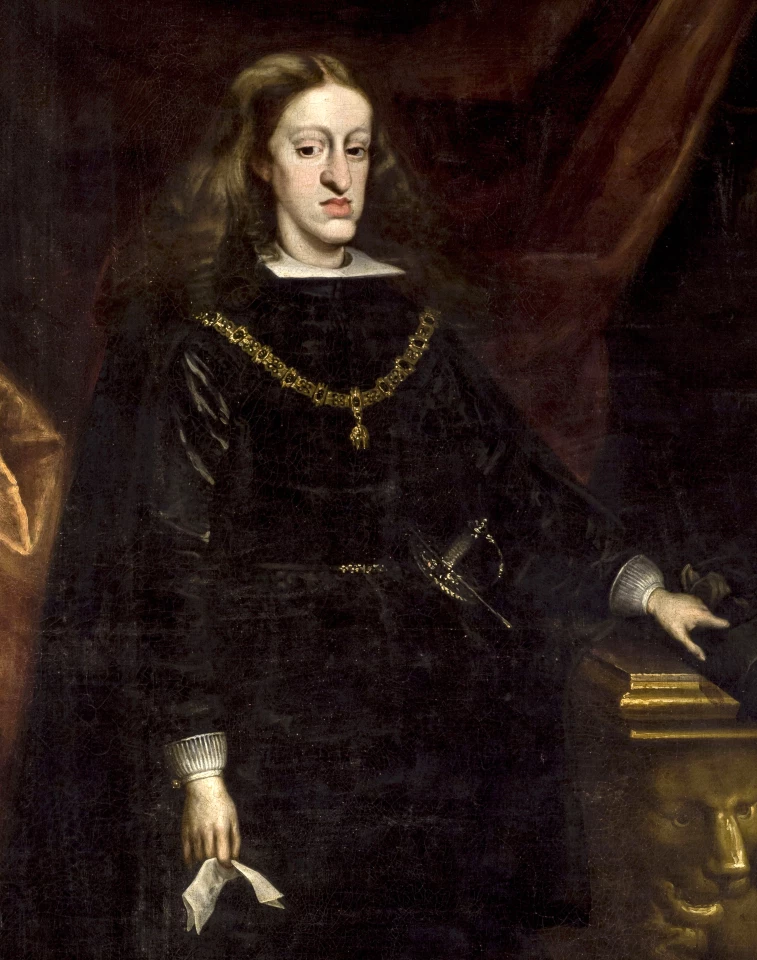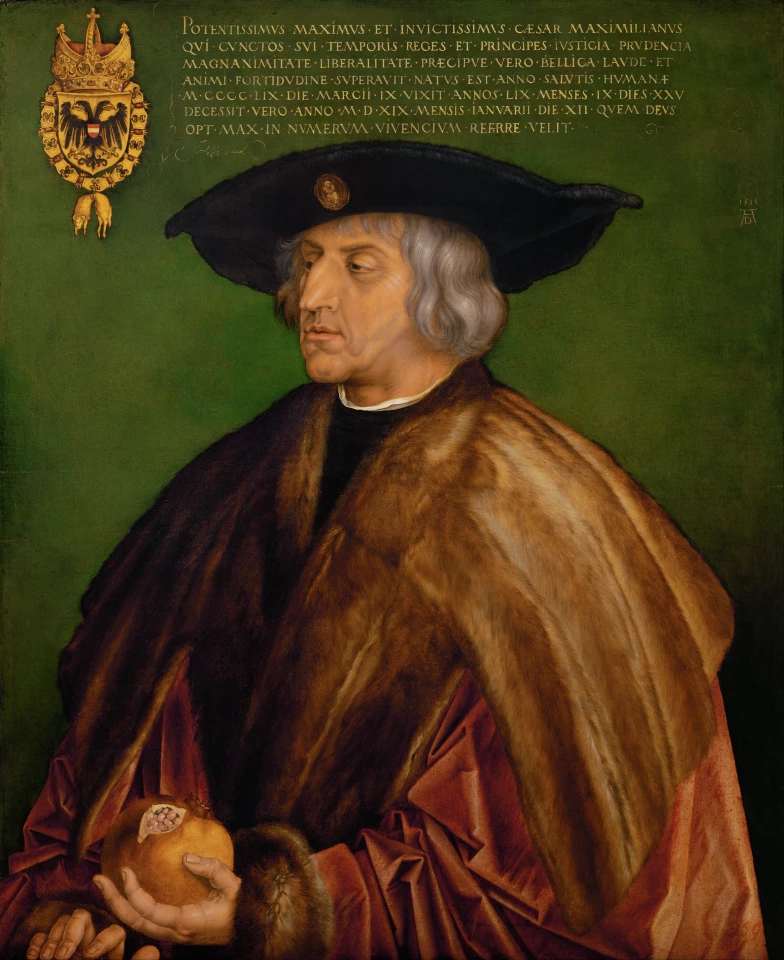Scientists have confirmed that facial deformities among the House of Habsburg were caused by inbreeding, according to a newly-published study. The twist: they reached their findings by studying paintings. The influential Austrian royal line produced European rulers between the 14th and 20th centuries.
Paintings?
Yep. They analyzed 66 royal portraits of 15 members of the House of Habsburg, all of which (crucially, if not surprisingly) showed the faces of their subjects.
What were they looking for?
The researchers were interested in mandibular prognathism, perhaps better known as the famous "Habsburg jaw." This was a facial deformity that affected some of the Habsburgs, notably including King Charles II of Spain. They also looked for maxillary deficiency, characterized by an enlarged lower lip and overhanging nose, hence also Habsburg lip and Habsburg nose.

And it’s as simple as that?
Not quite. The researchers hired 10 maxillofacial surgeons to analyze the paintings in question.
Maxillo …
Maxillofacial surgeons. They’re experts in surgery of the face, and particularly the mouth and jaws. Maxilla is jaw in Latin.
Right. Carry on.
They also had to do some analysis to gauge the strength of the link to the deformities in question, generating an "inbreeding coefficient" which proved to correlate strongly with mandibular prognathism. Interestingly, the positive correlation with maxillary deficiency was not statistically significant.
But interbreeding in the Habsburgs is old news, isn’t it?
It is. What’s significant here is that the link between that interbreeding and said facial deformities have been statistically confirmed for the first time.
They can tell all this from a painting?
We put that question to study co-author Francisco Ceballos of the University of Witwatersrand in South Africa. "Yes of course we can tell that from the paintings," Ceballos tells New Atlas. "First, we took just paintings where we know the painters saw the queens and kings while they were painting them. Second, these paintings were analyzed by 10 maxillofacial doctors. These doctors gave different scores to different dysmorphic traits that were used to assess the degree of mandibular prognathism and deficiency of the maxillary. We ran multiple statistical controls in order to be able to conclude this." Crucially, different portraits of the same person were used, and analyzed by different researchers.
Why the inbreeding?
Quite simply, it’s one way to keep control of power. Not only did the Habsburgs rule Austrian, they ruled Spain for nearly 200 years, and even longer in Hungary and Croatia. They ruled as far afield as Bohemia, Portugal, Transylvania and even Mexico (though not always as monarchs.) Oh, and they had intermittent stints as Holy Roman Emperors too. That’s a lot of influence.

What’s the down side (besides the obvious)?
Other than big chins, prior studies suggest that inbreeding directly led to the fall of the Habsburgs. Marriages between cousins, uncles and nieces were common causing an ever-shrinking gene pool. By the time Charles II was born in 1661, his genome was equivalent to that of a child born to direct siblings. He was the last of the Spanish Habsburg line.
Was Charles II the worst affected?
Believe it or not, no. The surgeons scored the severity of the Habsburg jaw in the portraits analyzed and found that Charles II’s father, Philip IV of Spain, had the most prominent example of the enlarged jaw. Meanwhile, maxillary deficiency was most evident in both Charles II and Philip IV of Spain, and before them in Maximilian I, Margaret of Austria and Charles I of Spain.
Why does this matter?
Lead author Professor Roman Vilas of the University of Santiago de Compostela in Spain argues that the study can help shed light on the effects of inbreeding today. "While our study is based on historical figures, inbreeding is still common in some geographical regions and among some religious and ethnic groups, so it’s important today to investigate the effects," Vilas says in a press release. "The Habsburg dynasty serves as a kind of human laboratory for researchers to do so, because the range of inbreeding is so high." The results suggest the lower third of the human face shows the greatest sensitivity to inbreeding.
Hit me with the small print. The research paper, Is the "Habsburg jaw" related to inbreeding?, has been published in the peer-reviewed journal Annals of Human Biology published by Taylor & Francis Online. It’s available to read for free online.
Source: Taylor & Francis Group via Eurekalert








